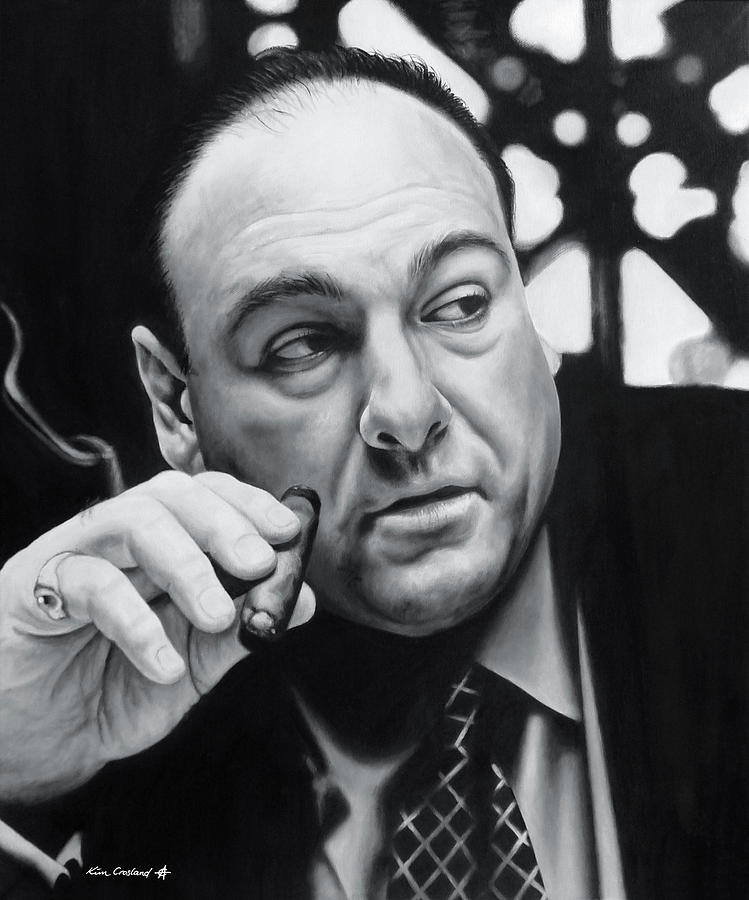
Charitable Giving Trusts Protect Assets and Create a Legacy of Giving- James Gandolfini was beloved for his role as Tony Soprano in the HBO show The Sopranos. His early death revealed a lack of estate planning and some painful lessons for his real-life family. Gandolfini left a $70 million estate and about 80% of it was not protected from estate taxes. A recent article from Investing Daily, “How to Avoid The Estate Planning Mistakes of James Gandolfini (aka Tony Soprano),” explains two of the many options Gandolfini didn’t take advantage of.
A Charitable Lead Trust, or CLT, serves several purposes. It provides a stream of income for a certain amount of time to a charitable organization. At the end of the period, the property in the trust goes to the donor or the beneficiary. When the gift is made under a CLT, the grantor immediately gets a federal income tax deduction equal to the present value of the future income stream. It should be noted that taxes do have to be paid every year by the donor on the value of the income interest paid to the charity.
You can create a CLT during your lifetime or establish it upon your death by stipulating it in your will. By establishing the CLT at death, an estate tax deduction is created. The CLT serves to reduce estate taxes and supports a charity you care about.
Charitable Giving Trusts Protect Assets and Create a Legacy of Giving
A similar trust is known as a Charitable Remainder Trust or CRUT. This type of trust increases the income stream while lowering taxes. With a CRUT, you are donating to charity. However, you earn income from the donated assets during your lifetime. The objective is to sell a major appreciated asset without paying capital gains taxes on the profits. The donor funds the CRUT, and the charity receiving the asset is the charitable beneficiary. The charity must be an IRS-approved charity to gain these benefits.
The CRUT’s trustee can be the donor, the charity, an independent trust manager, or any person designed by the donor. Anyone receiving income from the asset under the terms of the CRUT is known as an income beneficiary.
The trust document must name the trustee, the charitable beneficiary, the percentage to be paid to income beneficiaries and all the terms of the trust. The trust document also must specify the annual percentage paid by the donor, an amount between 5% and 50%. The annual percentage is required to give at least 10% of the amount transferred to the CRUT.
The trust can be funded with any kind of asset. The trustee then sells the assets, reinvesting the proceeds into a financial instrument owned by the trust. The term can be for the life of the donor or the life of a donor plus someone else. The CRUT can also be set by years, up to 20 years.
CRUTs and CLTs require the knowledge of an experienced estate planning attorney to be sure that they meet all the necessary guidelines to achieve their goals. For many people, these are excellent tools to create a family legacy of giving, while enjoying tax benefits and growing assets.
Schedule your phone consultation: THE LAW OFFICES OF CLAUDE S. SMITH, III
Charitable Giving Trusts Protect Assets and Create a Legacy of Giving
Reference: Investing Daily (Sep. 11, 2024) “How to Avoid The Estate Planning Mistakes of James Gandolfini (aka Tony Soprano)”
Legal problems are extremely stressful, especially when your family, your health, or your freedom are at stake. At this point in time, you may not even be sure what kinds of questions you need to ask a lawyer, but that’s entirely normal. Whether your situation involves family law, estate planning, elder law, a criminal charge, or a personal injury, we will start by giving you all the information you need.
The way we see it, you deserve to get this information directly from an expert. That’s why we make it easy for you to get in touch with your lawyer, and we never ask you to sit down with a paralegal or assistant instead.
As our relationship continues, we will keep you updated about the status of your case every step of the way. Your lawyer will reach out regularly to tell you about any new developments, and he will also be happy to answer any questions you have throughout the process.
